I’m drawn to the hidden abstract patterns, random shapes and aesthetic tension I find in real objects—particularly within the confines of industrial structures. Although my paintings are photorealistic, the focus isn’t necessarily on photorealism itself, but rather on the plays of light and shadow, the dance between colors, shapes and contrasts. In this way, I think of my works as abstract paintings in the guise of realism, and I use this criteria to inform my choices of what to paint. I find something mysterious, romantic and nostalgic about the power of cities, machines, night time and the edgy parts of town. I’m a child of the 50s and 60s, and have great memories of the neon lights and hustle-bustle of old NYC, when old subways had wicker seats and Jazz was in the air. My influences were the artists of a generation or two before—the ash can school artists like George Bellows, Edward Hopper, and Reginald Marsh; and photographers like Paul Strand, Richard Avedon and Irving Penn. And then, when photorealism and the west-coast artists first came on the scene in the mid 60’s and early 70’s , I was immediately drawn to the work of Richard Estes, Robert Cottingham, Wayne Thiebault, of course Richard Diebenkorn, and others who could—within the confines of a two-dimensional plane—tell a compelling story about their time and society; things I seem to relate to. While acknowledging my predecessors, I’m certainly not trying to imitate them. Although their influence is noticeable in my work, I strive to create art that is unique and interesting enough to make its own statement.
Allan Gorman: Lavender Shadows on a Half-Timbered Building
Depicts cast shadows from a fire escape created by late afternoon sun
| medium | |
|---|---|
| Website | |
| size | |
| price |
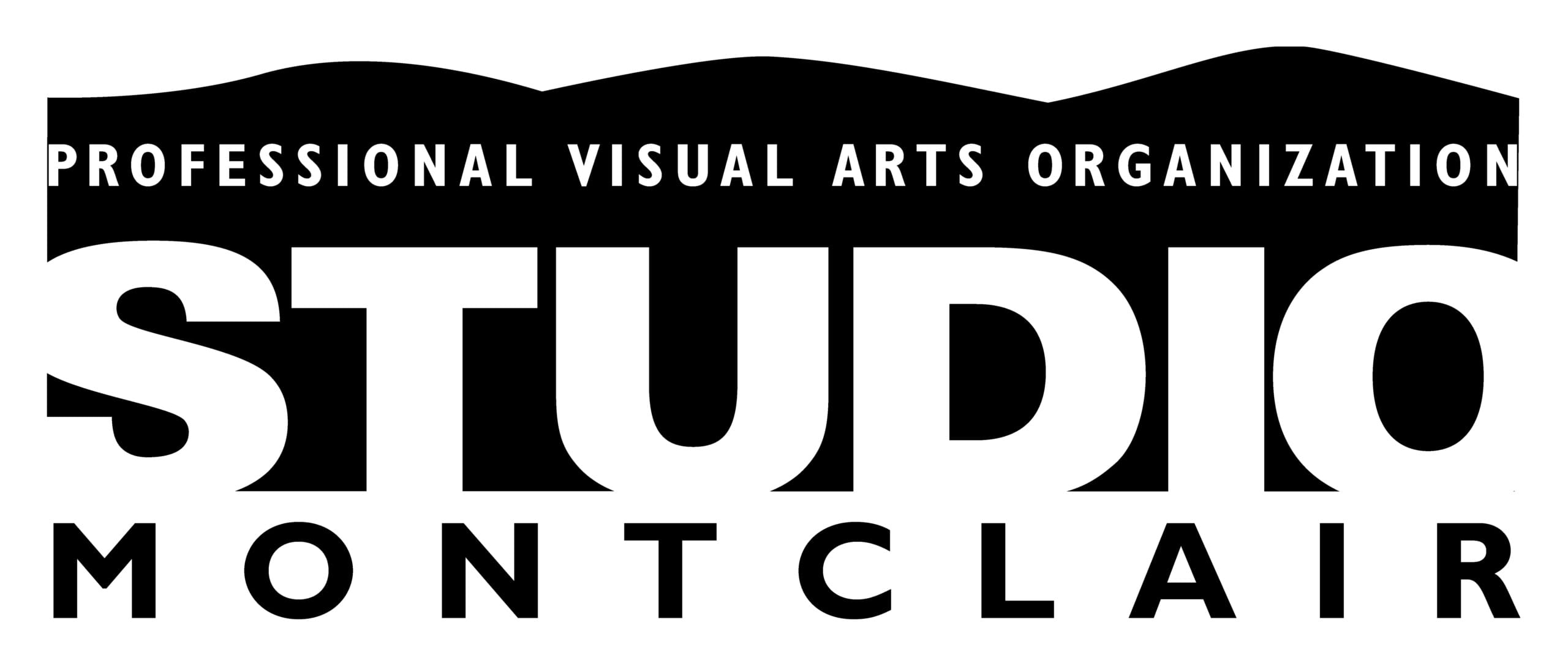

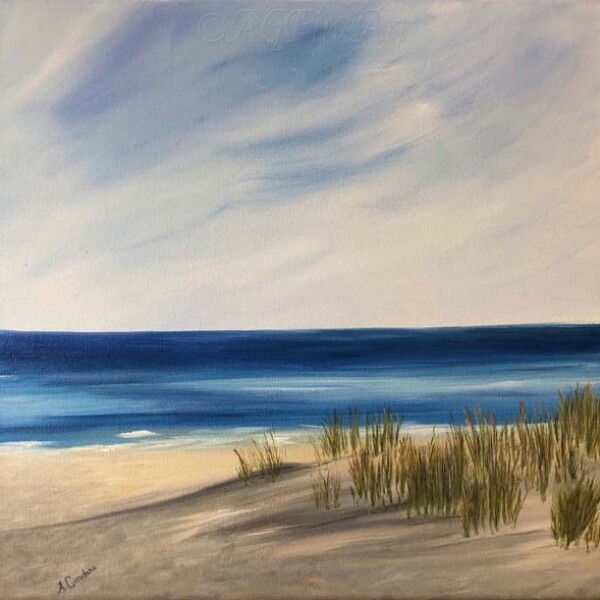
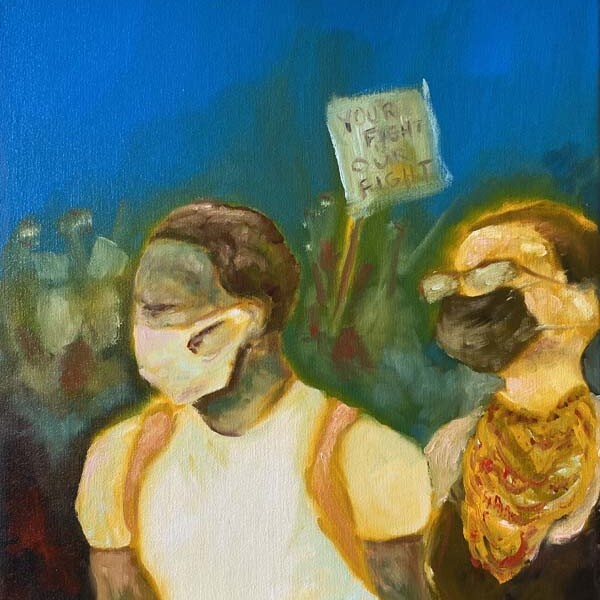
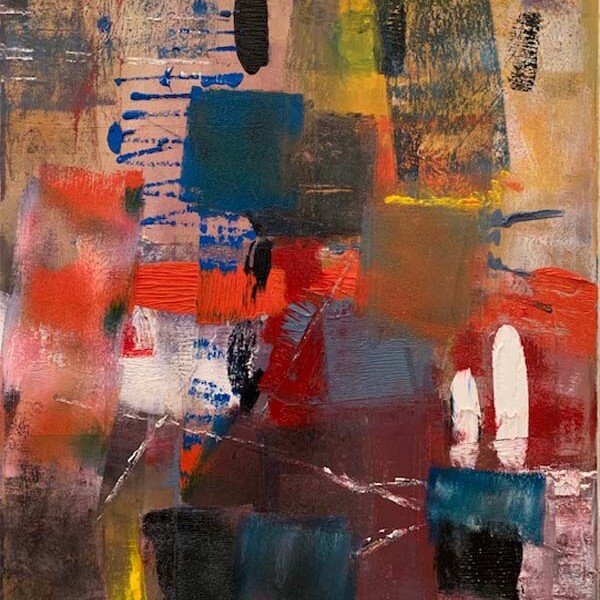
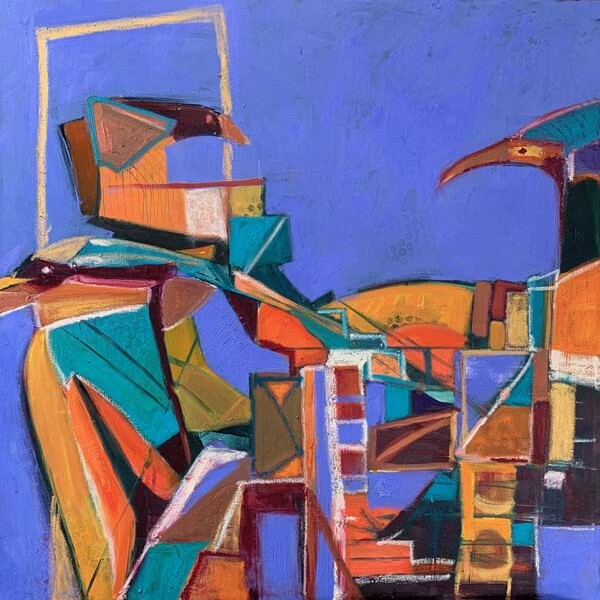
Reviews
There are no reviews yet.